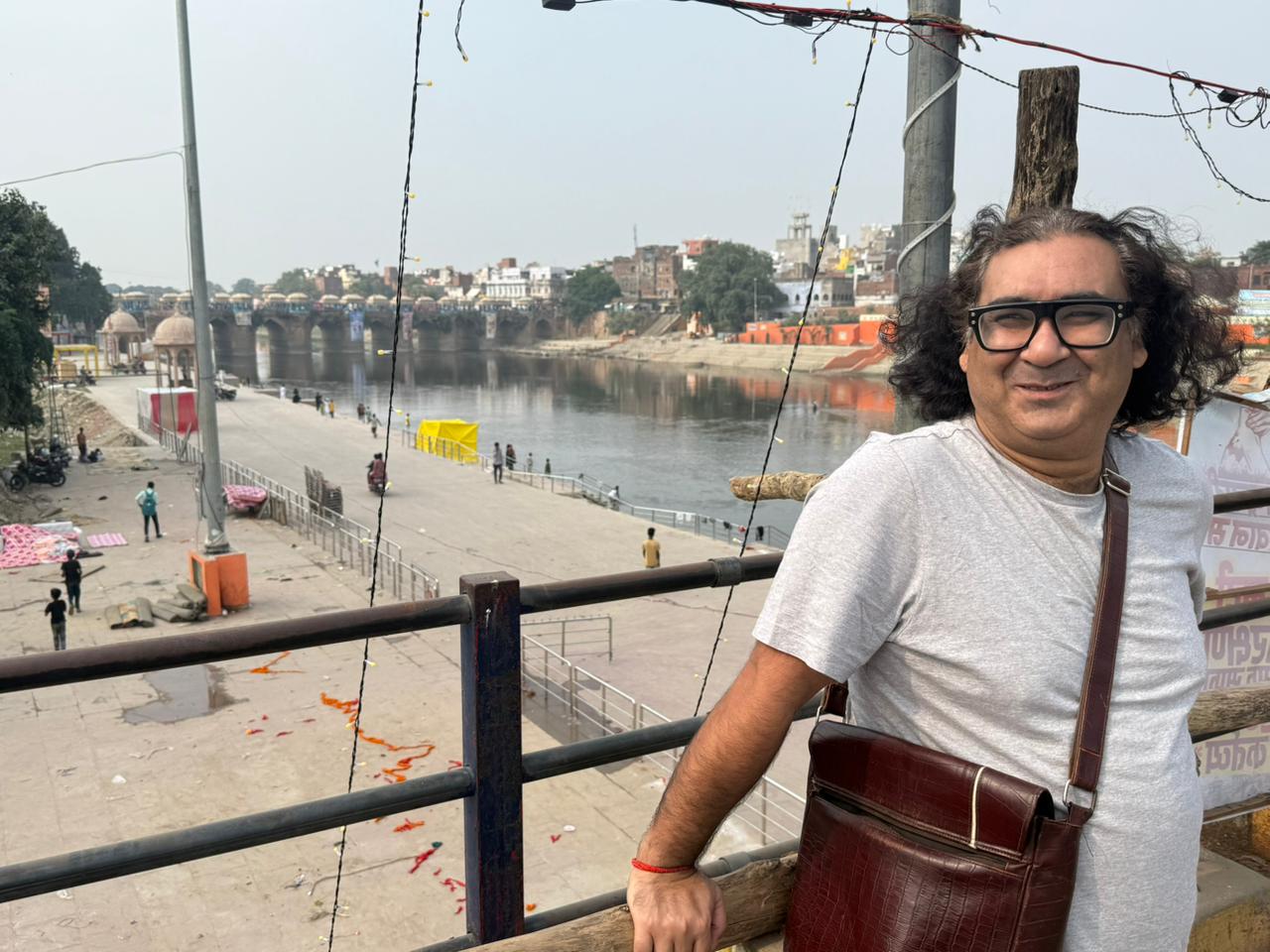The Shahi Pul, also known as the Mughal Pul, was built over the Gomti River in the 16th century. It is the largest bridge in the city and is distinctive due to the many domes constructed on it. The famous bridge was built in 1564 by a man named Munyeen Khankhana, and it was authorized by the Mughal ruler Akbar. It has a carriageway at ground level and is almost 26 feet in width. There are images of lions and elephants on the bridge; these were brought from a Buddhist monastery and installed here.
There is also a mosque near the bridge, located on top of a water reservoir. The place is 2 km from the Jaunpur bus depot. The bridge was designed by the great Afghan architect Afzal Ali, and it took four years to complete.
Shahi Pul: Jaunpur
The bridge has twenty-eight colorful “chhatris” (domes), which contain shops selling various goods. The bridge was damaged during the Nepal and Bihar earthquake, and seven arches had to be rebuilt.
The bridge is recognized as the most significant Mughal structure in Jaunpur. I managed to take a full round of the bridge on a scooter and would often stop to take pictures from various angles. It was a delight, and in a small city like this, it added a lot of flavor and texture. It gave the city a soul and a history. Jaunpur is deep in Hindu heartland and is near Ayodhya, making it not only a city of historical significance but also a place linked to the city of Ram and the saffron brigade.
The Pul had great military significance and also facilitated trade between the city and the Mughal Sultanate.
It is a heritage and protected monument and has been declared a structure of national significance. The bridge is very robust and sturdy and has stood the test of time, including a massive earthquake. It is a brilliant tourist spot, and every-one can take a leisurely walk around the bridge, taking breaks and capturing pictures.

















